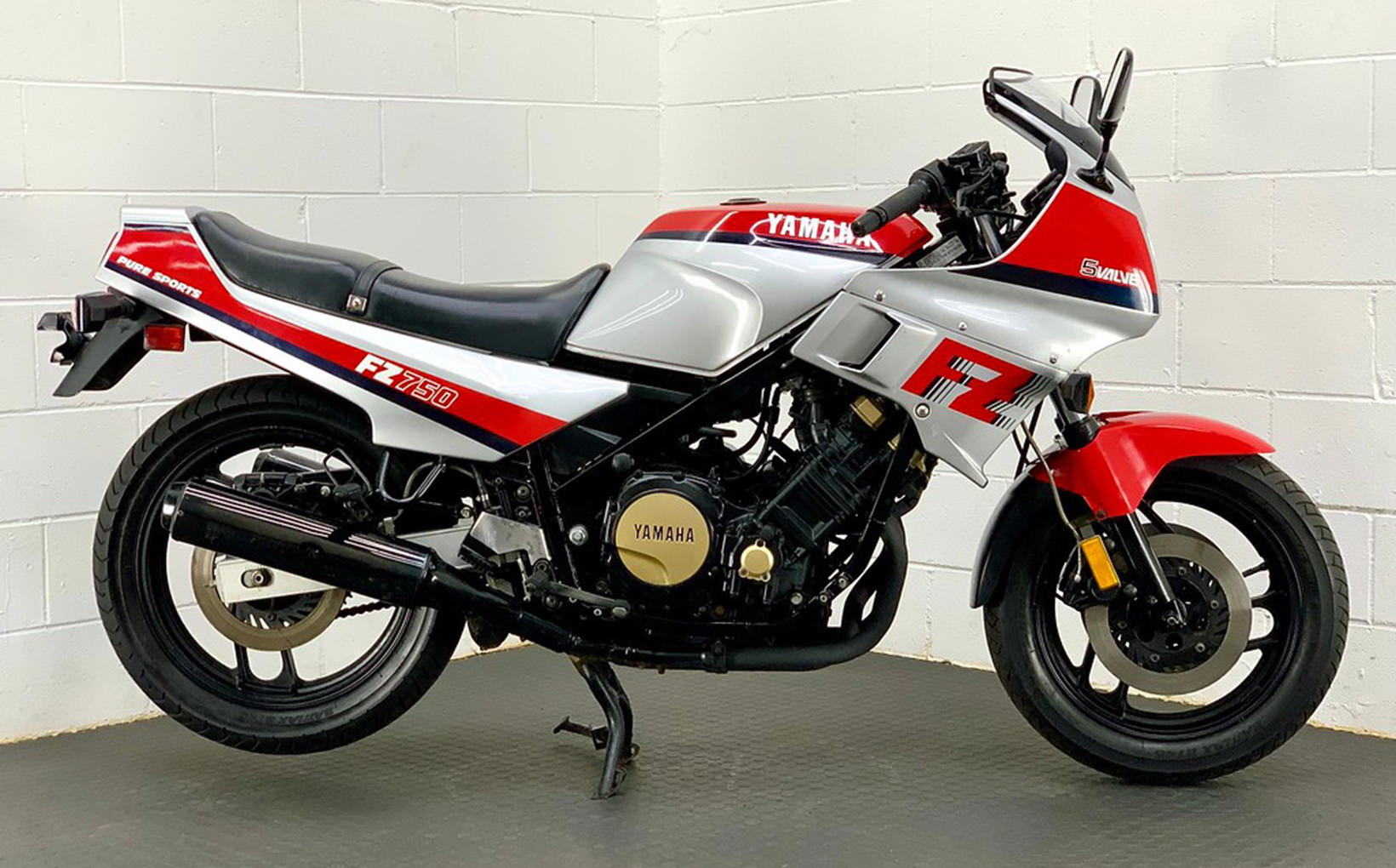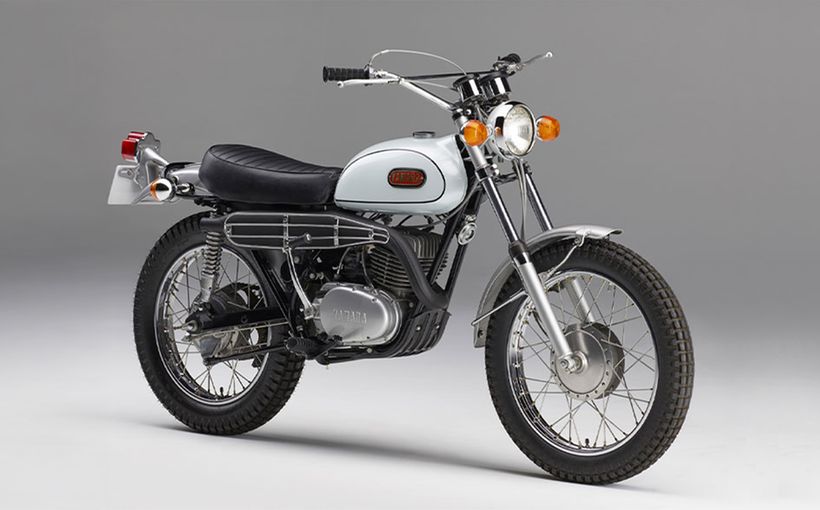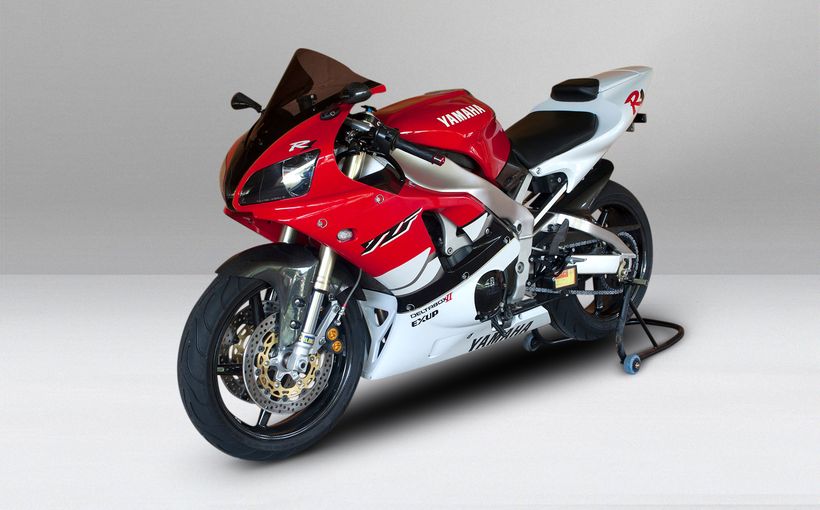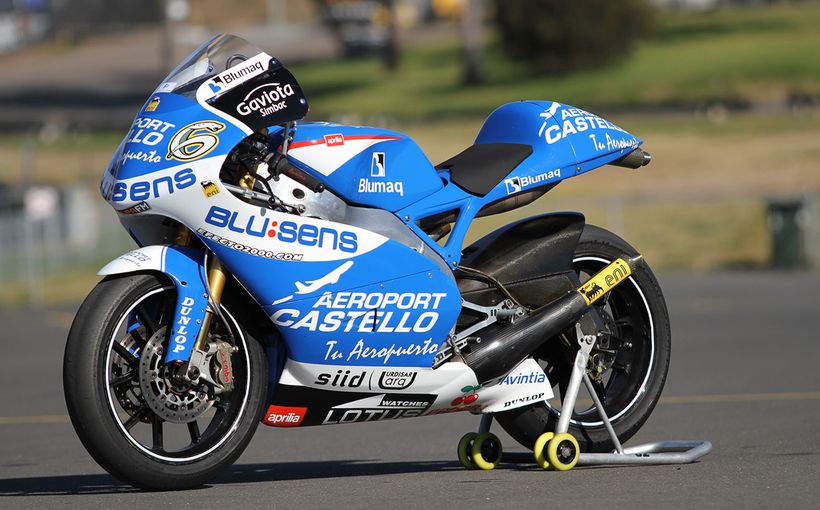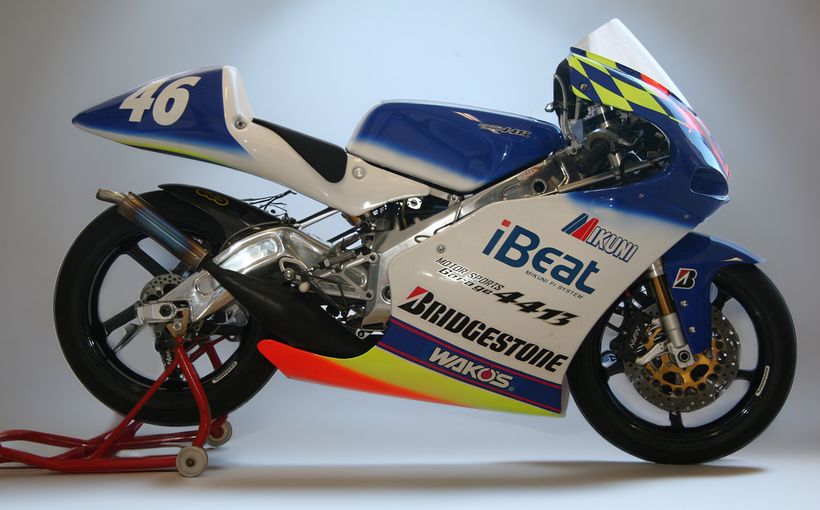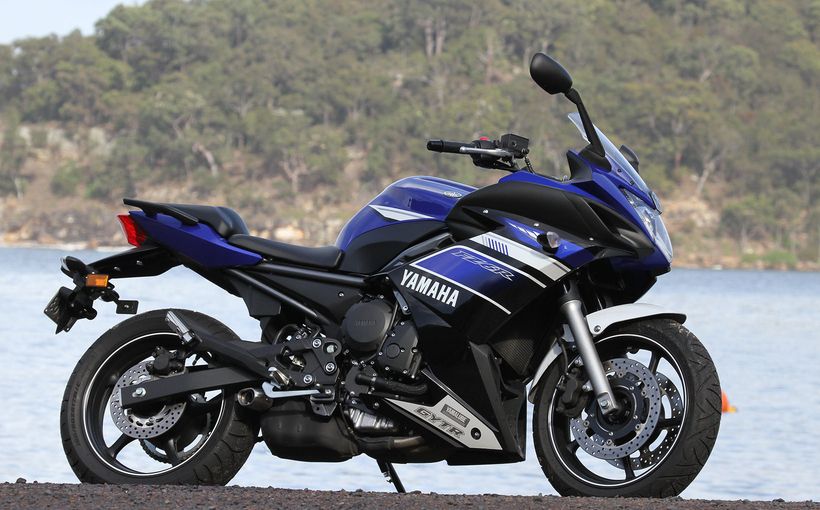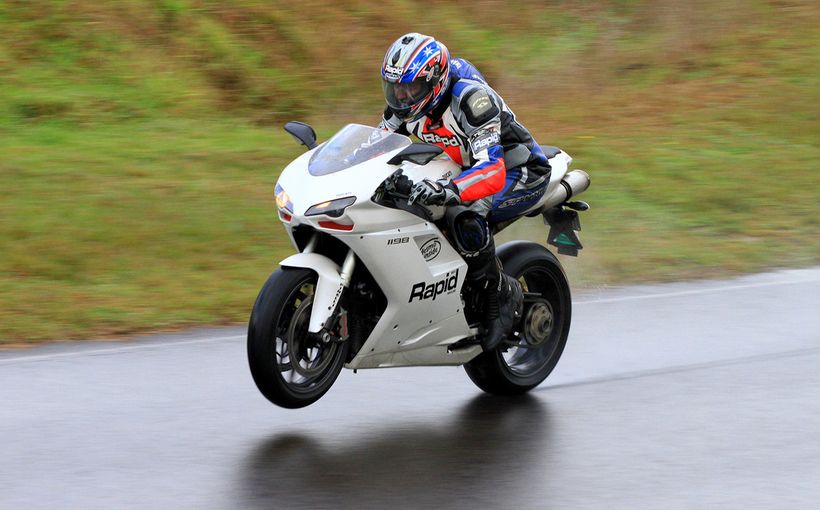
Words: BikeReview
Let’s not beat around the bush. In 1985, the FZ750 was a brilliant fast bike… it just wasn’t quite as brilliant as the GSX-R that was released at the same time. Still, with 105hp and a top speed of 230km/h, it was no slouch and out handled all but the Gixer.

The bike had a long and slim profile with a bikini fairing, which was incredibly aerodynamic and had a drag coefficient factor of just 0.34, which no doubt helped with top speed.
The all-new engine had an unusual five-valve layout in the cylinder-head. During the development phase, Yamaha experimented with numerous configurations including a six-valve version that revved to 20,000rpm but in the end, they decided on five as a compromise – three inlet and two exhaust.

The middle inlet valve is out of line compared to the other two and at a different angle, meaning the piston needed to be dished as opposed to the common crown type of the day – this also increased the compression ratio to 11.2:1.
The other bonus was that the three small inlet valves are lighter than two large ones and enabled a flexible high revving engine – 11,800rpm in this case. To improve air flow, the engine is rotated forward – enabling a large airbox to be fitted in front of the fuel tank, which gave a direct path for the air to be forced into the engine. This also allowed for the use of BDS34 Mikuni downdraft carbs for more power.

At the time, the bike’s chassis was unusual… it was a spar type perimeter frame, unlike the more common cradle frame of the day. Although the frame was made from steel, the design technology was the beginning of the alloy beam frame we know today.

The bike’s 39mm suspension was more conventional than some of the other bikes at the time, which had anti-dive systems. Instead, Yamaha went for self-adjusting compression damping which had a valve that adjusted the rate of oil flow – depending on the abuse you were giving it.

The rear shock had adjustable preload and rebound damping and was attached to an alloy swingarm.
The brakes were pretty good but weren’t as powerful as the GSX-R’s four-pot stoppers… they featured 270mm vented rotors with twin-piston calipers and had to haul 209kg to a stop.


ON TRACK
The FZ750 had some racing success to go with the impressive sales. In 1986, Eddie Lawson dealt a blow to Suzuki by taking the bike to its first racing victory at the Daytona 200 – beating Kevin Schwantz by over a minute on his GSX-R750… ouch!

(Picture: Lou Martin)

(Picture: Lou Martin)
In the same year, Kevin Magee and Michael Dowson managed a second place at the Suzuka 8 Hour. The Yamaha also won the British Superstock series in 1987, with Keith Huewen piloting the bike.

(Picture: Lou Martin)
UPGRADES AND WHAT TO LOOK FOR
The FZ750 was in production for seven years and only got a few upgrades during that time including a full fairing in 1987, four-into-one pipes, rear shock and linkage. Then in 1991, the 16 and 18-inch wheels were replaced with 17-inch ones.


With any old bike, you have the obvious engine wear, possible rust and pitting on the fork legs – all of which can cost a fortune to fix. The engines are well known for being bullet proof but a check-over by a good mechanic would be advisable. The early models had a problem with the chain adjuster on the rear shock failing but apart from that, the bike was good. A common upgrade is the front brakes being changed – mainly transplanted from a FZ6, which has four-pot calipers.

If you’re after a piece of history to add to your garage collection, then maybe the FZ750 could be the bike for you. I know I want one…
SPECIFICATIONS: 1985 FZ750
Colours: Blue/White/Red, Silver/Red
Claimed power: 78.3kw[105hp]@11,500rpm
Claimed torque: 81Nm[59.7ft-lbs]@8000rpm
Dry weight: 209kg
Fuel capacity: 22L
Chassis: Steel-spar perimeter
Suspension: 39mm telescopic non-adjustable 140mm travel
Front brakes: Dual 270mm rotors with twin-piston calipers

Protect your motorbike. Call Shannons Insurance on 13 46 46 to get a quote today.

